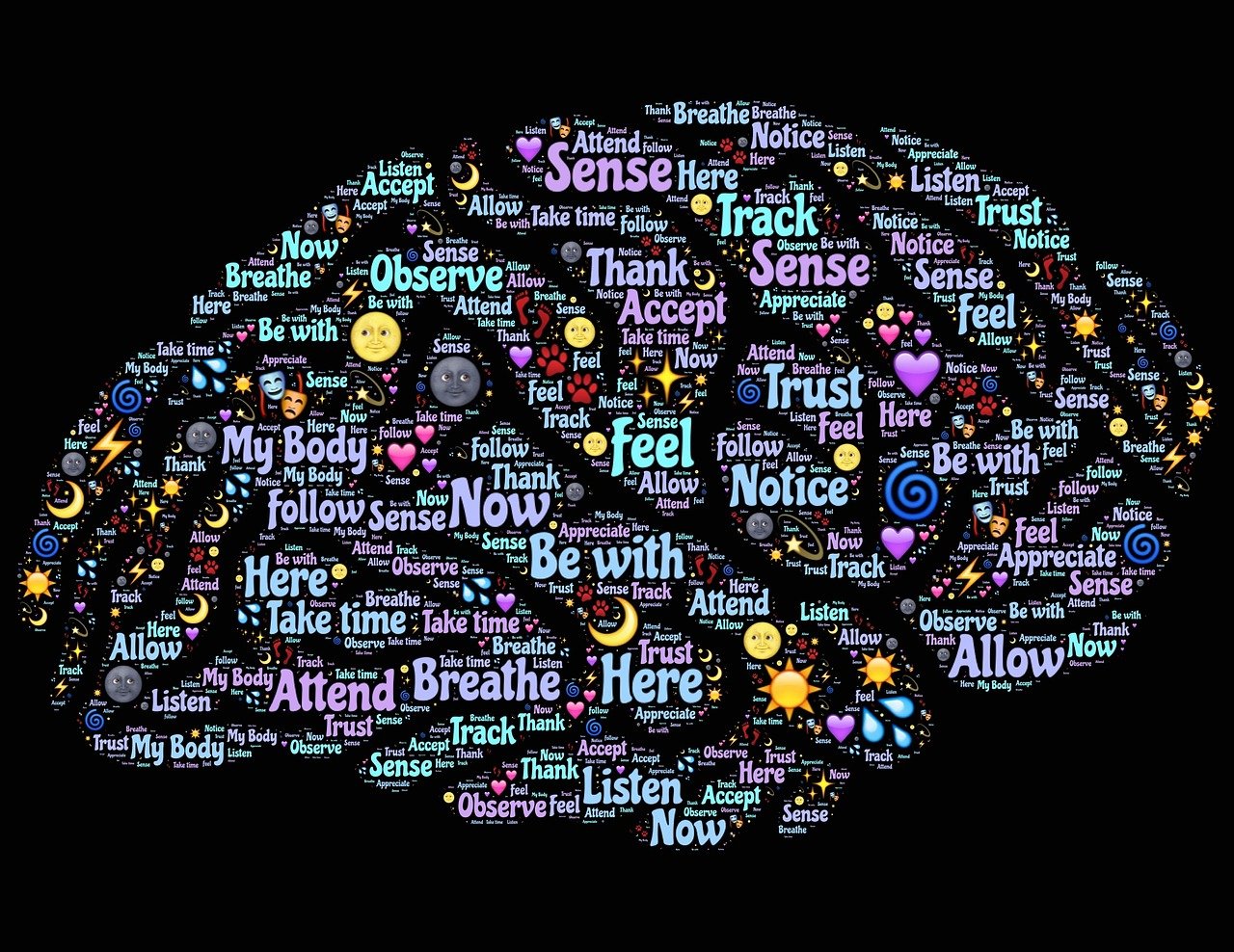Table of Contents
![]()
I. Introduction
Neuroplasticity, also known as brain plasticity, refers to the brain’s remarkable ability to reorganize itself by forming new neural connections throughout life. This dynamic process is crucial for learning, memory, and adaptation. Neuroplasticity can be categorized into two main types: structural plasticity, which involves changes in the physical structure of the brain, and functional plasticity, which pertains to the brain’s ability to take over functions from damaged areas. This article explores the intricate relationship between neuroplasticity and mental health, highlighting how the brain’s adaptability plays a vital role in managing and treating mental health disorders.
II. Mechanisms of Neuroplasticity
A. Synaptic Plasticity
Synaptic plasticity refers to the ability of synapses (the connections between neurons) to strengthen or weaken over time, in response to increases or decreases in their activity.
- Long-Term Potentiation (LTP): LTP is a long-lasting increase in synaptic strength following high-frequency stimulation of a synapse. This process is crucial for learning and memory, as it enhances the communication between neurons.
- Long-Term Depression (LTD): Conversely, LTD is a long-lasting decrease in synaptic strength. It occurs when there is a low-frequency stimulation of a synapse and is believed to play a role in the elimination of old or unnecessary connections.
B. Structural Plasticity
Structural plasticity involves changes in the physical structure of the brain.
- Dendritic Growth and Pruning: Dendrites are extensions of neurons that receive signals from other neurons. Neuroplasticity involves the growth of new dendritic branches and the pruning (or elimination) of old ones, which allows for more efficient processing of information.
- Neurogenesis: Neurogenesis is the formation of new neurons from neural stem cells. This process is particularly active in the hippocampus, a brain area associated with learning and memory.
C. Functional Plasticity
Functional plasticity refers to the brain’s ability to shift functions from damaged areas to undamaged areas.
- Reorganization of Brain Function: After injury or damage, the brain can reorganize itself to take over lost functions. For instance, if a part of the brain responsible for language is damaged, other areas may adapt to assume those language functions.
- Compensatory Changes: The brain can also compensate for deficits by strengthening existing connections or forming new ones to maintain functionality.
III. Neuroplasticity and Mental Health Disorders
A. Depression
Depression is associated with significant changes in brain structure and function.
- Changes in Brain Structure and Function: Individuals with depression often exhibit reduced hippocampal volume and alterations in the connectivity of brain networks involved in mood regulation.
- Evidence of Neuroplasticity in Depression: Research suggests that depression is linked to impaired neuroplasticity. Antidepressant treatments, such as selective serotonin reuptake inhibitors (SSRIs), can enhance neuroplasticity and promote neurogenesis, contributing to their therapeutic effects.
B. Anxiety Disorders
Anxiety disorders affect brain circuits that regulate fear and stress.
- Impact on Brain Circuits: Key brain areas involved include the amygdala, which processes fear, and the prefrontal cortex, which regulates emotional responses. Disruptions in these circuits are common in anxiety disorders.
- Neuroplastic Changes in Anxiety: Anxiety disorders can lead to maladaptive neuroplastic changes, such as increased connectivity in fear circuits. Therapeutic interventions, including cognitive-behavioral therapy (CBT), can help restore balanced brain function.
C. Post-Traumatic Stress Disorder (PTSD)
PTSD results from exposure to traumatic events and is characterized by significant neuroplastic changes.
- Neuroplastic Changes Associated with Trauma: Trauma can lead to alterations in brain areas involved in stress response and memory, such as the hippocampus and amygdala.
- Role of Neuroplasticity in PTSD Treatment: Treatments like exposure therapy and eye movement desensitization and reprocessing (EMDR) can help rewire neural pathways related to trauma, reducing symptoms.
D. Schizophrenia
Schizophrenia is marked by severe cognitive and perceptual distortions.
- Structural and Functional Brain Abnormalities: Individuals with schizophrenia often have structural brain abnormalities, including enlarged ventricles and reduced gray matter. Functional abnormalities involve disrupted connectivity between brain regions.
- Neuroplasticity’s Role in Symptom Management: Antipsychotic medications and cognitive remediation therapy aim to improve neuroplasticity and restore normal brain function, helping to manage symptoms.
E. Cognitive Disorders
Cognitive disorders, such as Alzheimer’s disease, involve progressive cognitive decline.
- Neuroplasticity in Cognitive Decline: In Alzheimer’s disease, neuroplasticity is impaired, leading to neuronal loss and reduced brain volume.
- Potential for Neuroplastic Interventions: Interventions like cognitive training and lifestyle modifications may help maintain cognitive function and promote neuroplasticity in individuals with cognitive disorders.
IV. Therapeutic Approaches Enhancing Neuroplasticity
A. Psychotherapy
Psychotherapy, particularly cognitive-behavioral therapy (CBT) and mindfulness-based cognitive therapy (MBCT), can enhance neuroplasticity by altering maladaptive thought patterns and emotional responses.
- Cognitive Behavioral Therapy (CBT): CBT helps reframe negative thought patterns and can lead to changes in brain areas involved in emotional regulation and cognitive processing.
- Mindfulness-Based Cognitive Therapy (MBCT): MBCT incorporates mindfulness practices to enhance emotional awareness and regulation, promoting beneficial neuroplastic changes.
B. Pharmacological Interventions
Medications can influence neuroplasticity and support mental health.
- Antidepressants and Mood Stabilizers: These medications can enhance neuroplasticity, improve mood regulation, and support recovery from mental health disorders.
- Medications Targeting Neuroplasticity: Research into drugs that specifically target neuroplasticity pathways is ongoing, with the potential to offer new treatment options.
C. Physical Exercise
Regular physical exercise has been shown to benefit brain health and neuroplasticity.
- Effects on Brain Structure and Function: Exercise promotes neurogenesis, enhances synaptic plasticity, and improves cognitive function, contributing to overall mental health.
- Role in Mental Health Maintenance: Physical activity can reduce symptoms of depression and anxiety, and support cognitive function in various mental health conditions.
D. Cognitive Training and Brain Stimulation
Cognitive training and brain stimulation techniques aim to enhance brain function and neuroplasticity.
- Transcranial Magnetic Stimulation (TMS): TMS uses magnetic fields to stimulate nerve cells in the brain, which can improve symptoms in depression and other disorders.
- Cognitive Exercises: Mental exercises and games designed to challenge cognitive abilities can support neuroplasticity and cognitive health.
E. Lifestyle Factors
Lifestyle choices play a significant role in brain health and neuroplasticity.
- Nutrition: A balanced diet rich in nutrients supports brain function and neuroplasticity. Omega-3 fatty acids, antioxidants, and vitamins are particularly beneficial.
- Sleep: Quality sleep is essential for neuroplasticity, memory consolidation, and overall mental health.
V. Current Research and Future Directions
A. Advances in Neuroimaging
Neuroimaging technologies, such as functional MRI (fMRI) and PET scans, have advanced our understanding of neuroplasticity.
- Techniques for Studying Neuroplasticity: These technologies allow researchers to observe changes in brain activity and structure in response to treatments and interventions.
- Recent Findings and Their Implications: Emerging research continues to reveal the complexity of neuroplasticity and its role in mental health, informing new therapeutic strategies.
B. Emerging Therapies
New therapies targeting neuroplasticity are being developed.
- Novel Approaches: Innovative treatments, such as targeted brain stimulation and neurofeedback, aim to enhance neuroplasticity and improve mental health outcomes.
- Potential Future Treatments: Ongoing research into genetic and molecular factors influencing neuroplasticity holds promise for personalized and more effective treatments.
C. Challenges and Limitations
Understanding neuroplasticity presents several challenges.
- Understanding Individual Variability: Neuroplasticity varies among individuals, making it difficult to predict responses to treatments.
- Integrating Findings into Clinical Practice: Translating research findings into effective clinical applications requires ongoing research and collaboration between scientists and clinicians.
VI. Conclusion
Neuroplasticity is a fundamental aspect of brain function, with significant implications for mental health. Its ability to adapt and reorganize is crucial for learning, recovery, and managing mental health disorders. Understanding and leveraging neuroplasticity can enhance therapeutic approaches and lead to more effective treatments for a range of mental health conditions. Ongoing research and advancements in this field hold promise for improving mental health care and promoting overall well-being.
Share This





Be the first to comment